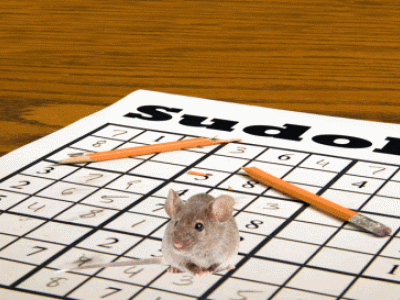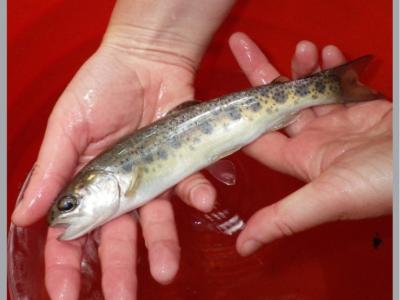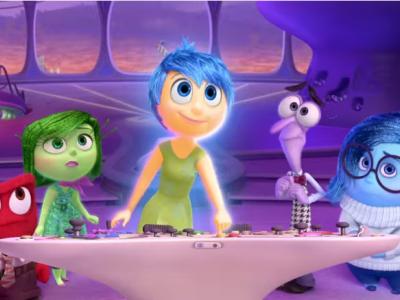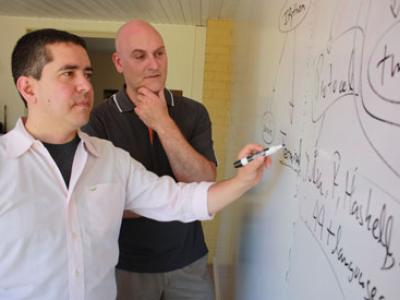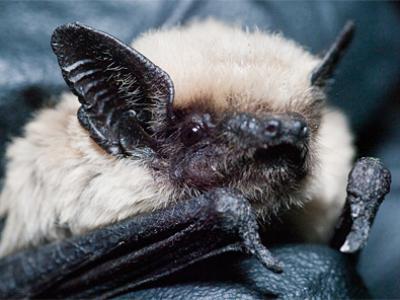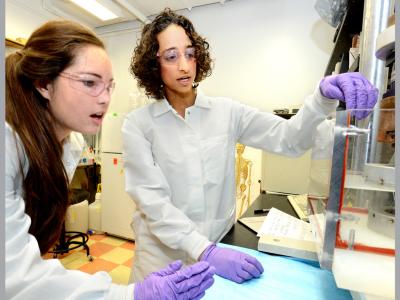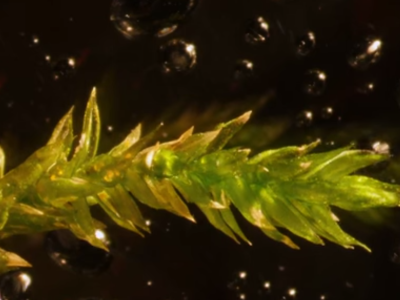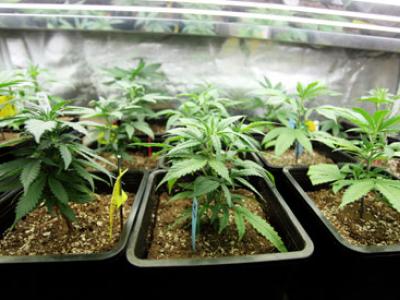Intellectual Pursuits May Buffer the Brain Against Addiction
Challenging the idea that addiction is hardwired in the brain, a new UC Berkeley study of mice suggests that even a short time spent in a stimulating learning environment can rewire the brain’s reward system and buffer it against drug dependence.

